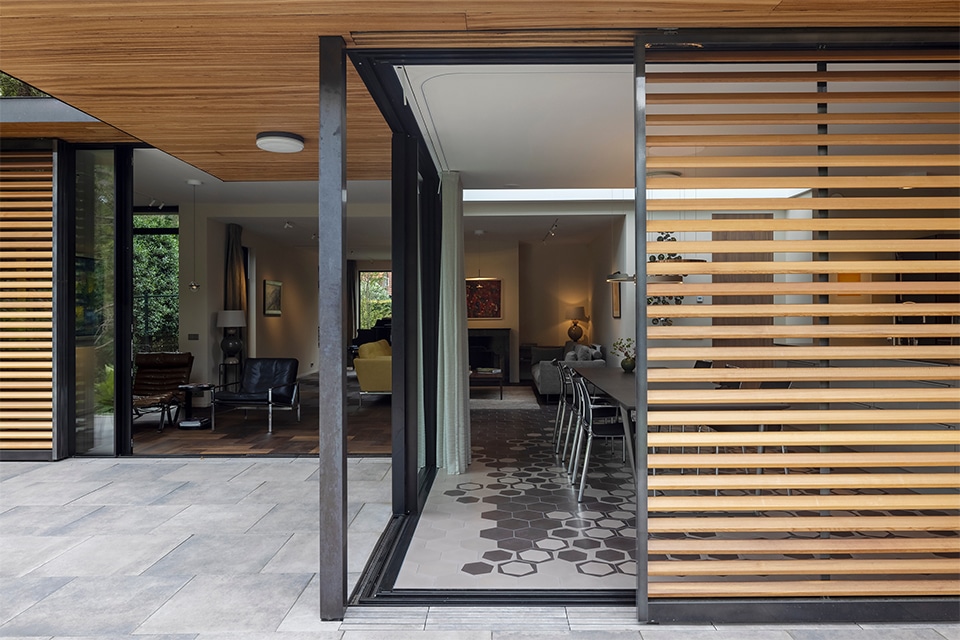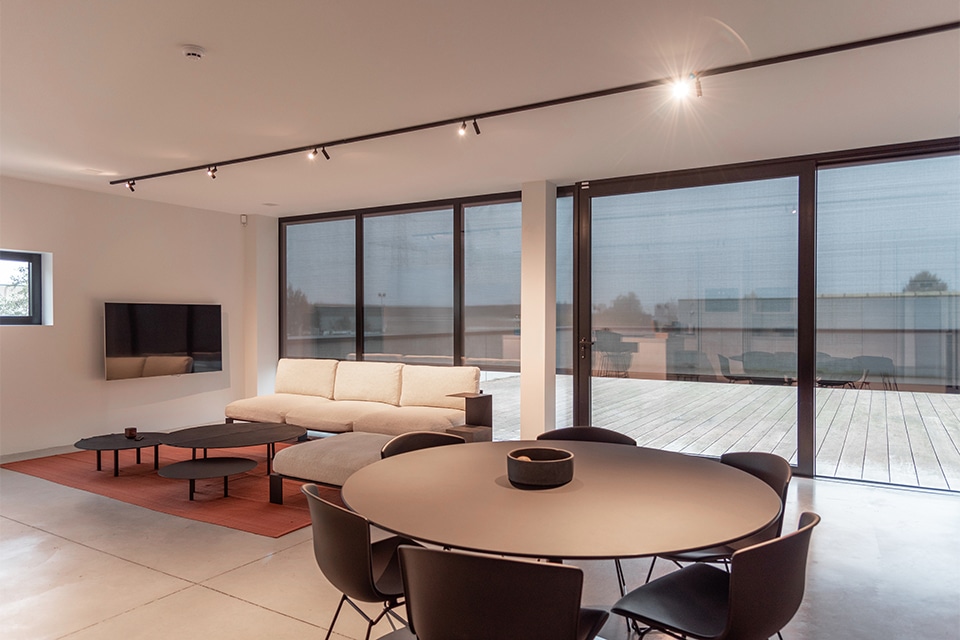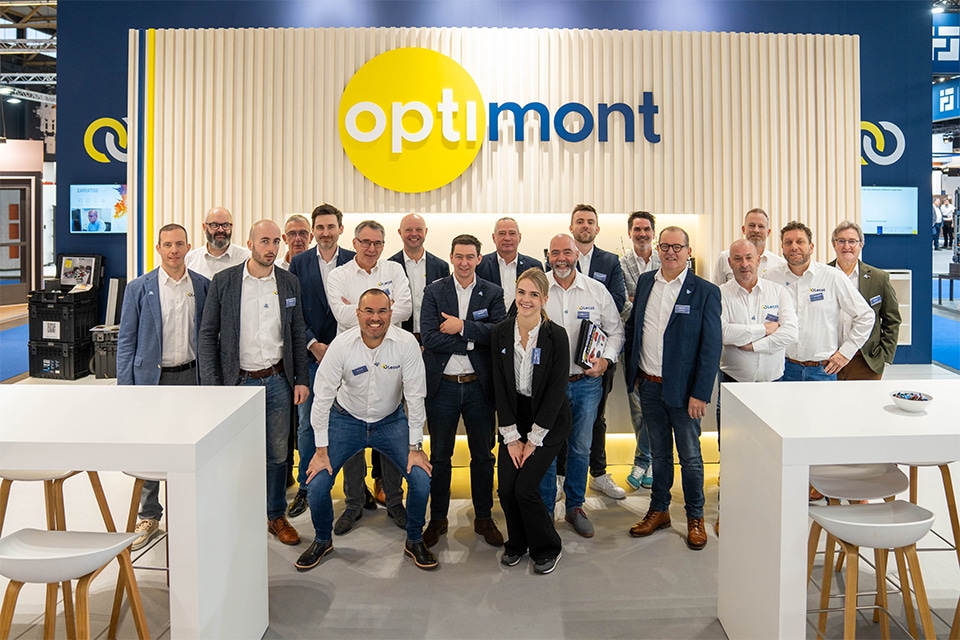
Shading and climate adaptation: necessity in a warming Netherlands
Effective measures
Summers are getting hotter, nights more muggy and the climate more erratic. Buildings are increasingly experiencing overheating. Current standards and regulations do not yet adequately address this. In this context, solar shading is gaining importance as a passive measure to keep the indoor climate manageable. Yet in practice, solar shading is still often overlooked.
According to the KNMI's various 2023 climate scenarios, outdoor temperatures in the Netherlands are rising significantly, especially during the summer months. This warming leads to higher temperatures not only during the day, but also at night. This increases the risk of overheating in buildings, especially in homes.

Climate change requires adaptation
Current standards, such as NEN 5060, are based on historical climate data. As a result, they underestimate the future situation. Climate scenarios for 2033 and 2050 show that hot summers will be much more frequent and intense. One of the most worrisome findings from the study is the rise in nighttime temperatures. Tropical nights, where temperatures do not drop below 20°C, are becoming more common. This has direct implications for residents' sleep comfort and health.
Shading as an effective measure
Solar shading has been shown in practice to be a particularly effective measure for reducing overheating. It prevents solar radiation from entering the building, reducing or even eliminating the need for active cooling. This places solar shading high on the ‘ladder of cooling’: after all, prevention is better than cure. Nevertheless, shading is not yet included as standard in many designs. This is partly because the current calculation methodologies in energy performance calculations (such as BENG) do not sufficiently value the effect of shading. We see in practice that this determination method is used as a design tool.
Future-proof determination method
Starting in 2030, we will move to a future-proof determination method for energy performance in the Netherlands. This new determination method is in line with the EPBD IV and probably based on an hourly calculation core. The current NTA8800 is based on a monthly average method with which the determination of cooling requirements is not well possible. Also, this new determination method calculates with a more future-proof climate year. In doing so, the advisory committee recommended applying the 2033 climate scenario.
The hourly calculation will allow dynamic products, such as shading, to be better valued. Also, the calculated indicators will better reflect the actual performance of the building. In order for solar shading to perform well, it is also essential to divide the building into multiple zones. Each space has its own use, heat production and overheating requirements.
Regulations and environmental performance
In addition to energy performance, environmental performance is also playing an increasing role. In the Netherlands, the Building Works Decree (Bbl) sets a requirement for the environmental performance of buildings (MPG). This is calculated using the environmental cost indicator (MKI), which in turn is based on a life cycle analysis (LCA) of the materials used. For solar shading, this means that an Environmental Product Declaration (EPD) must be drawn up. The VMRG is working on a specific Product Category Rules (PCR) for sun blinds, to make these calculations unambiguous and consistent with Dutch regulations.
Shading not only contributes to comfort, but also to sustainability. Shading does not cool, but reduces heat penetration into the building. This reduces the cold requirement, which has a positive effect on energy performance.
Balancing energy and environment
The European EPBD IV (Energy Performance of Buildings Directive) introduces the concept of ‘whole life cycle’: the total carbon emissions over the entire life cycle of a building, including materials and operational energy consumption. This forces designers to look beyond energy performance. The energy performance measured over a building's lifetime must be measured against its environmental performance. Only then can we make informed choices.
There is still much to be gained within the awning sector, especially in terms of circularity. For example, aluminum is often collected without visibility into the destination of this material. It would be better to have aluminum recycled within its own sector, thus preserving its value in the chain.
The combination of climate change, stricter regulations and increasing focus on health and comfort makes solar shading a strategic façade product. It helps reduce overheating, lowers energy demand and can also improve environmental performance. Solar shading is a necessary measure in light of the future.
To fully realize this potential, collaboration in the chain is essential. The façade construction sector is faced with the challenge of integrating solar shading into design, calculation and execution. Only then can we realize buildings that can withstand the climate of tomorrow.
Heeft u vragen over dit artikel, project of product?
Neem dan rechtstreeks contact op met VMRG.
 Contact opnemen
Contact opnemen




